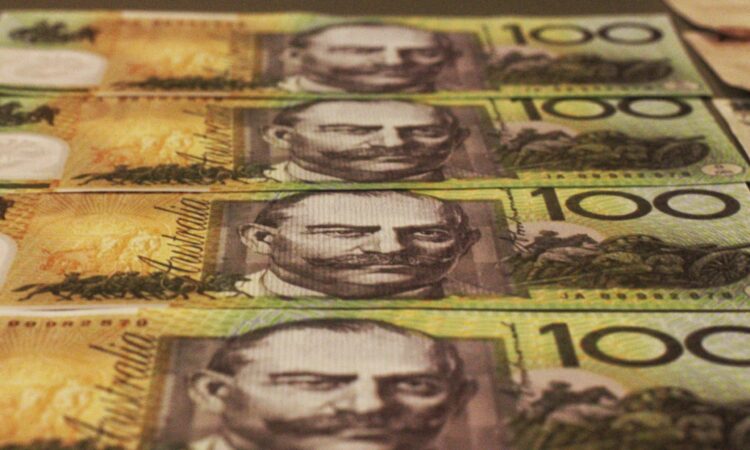Should You Change Your Investments When The Aussie Dollar Falls – Forbes Advisor Australia

Despite possible further downside in the Australian dollar over the next six to 12 months, Lane said that because it’s already come down so much it’s not a pressing reason to make structural changes to a portfolio.
He said the relative ‘better value’ of local businesses could prompt investors to make changes, especially since he believes the US market is overvalued and further US Federal Reserve rate rises are expected.
“And we have seen the US market, particularly the seven major tech stocks, perform very well in the last 12 months. So, if there’s an opportunity to take some profits on some of those and bring that money back—people are looking at doing that.
“But then we’re also seeing some value in Europe, and Japan in particular is looking a little bit more interesting than, say, the US.”
In addition to taking profits, Lane said that investors might consider lower hedge ratios on global assets. He said a popular approach for Ord Minnett clients was using both the hedged and unhedged versions of an ETF like VanEck’s QUAL to provide exposure to international shares, with around 50/50 hedging in place.
“But given the negative view on the Australian dollar, for new money we’d probably only have about 25% hedging in place, because the risk is for further downside. So, you have the hedging in place in case the dollar was to rally.”
Essentially, a falling AUD shouldn’t require a major rethink of how you’ve allocated your portfolio or superannuation across Australian and international shares, based on your individual risk profile and investing goals.
It’s important to consider the movement of the dollar but it’s only one component to investing and it’s probably more important to look at the strengths and weaknesses of the underlying investment and make a decision on that first
“So you’re making shorter-term adjustments to take account of the current market conditions. But we haven’t really had dramatic changes in our strategic asset allocation in recent times,” Lane said.
Which Australian shares might be worth buying while the Australian dollar is low?
- Global industrial businesses: Lane said he’d be moving some money away from major iron ore miners—given the view on China and commodity prices—in favour of global industrial businesses. “Companies like Brambles, Amcor, CSL look reasonable value at current prices because they will continue to benefit if we’ve got a weaker Australian dollar.
- Promising small caps and thematics: Lane said among the more domestic companies “we are seeing some value in the small-cap companies that haven’t performed as strongly over the last 12 or 18 months. Then you can have a look at individual thematics. So for example, if you’re looking at the long-term energy transition: companies like AP Eagers, which are a car seller, but they’ve got the joint venture with BYD so they’re selling a lot of electric vehicles around Australia and picking up on that theme.”
- Local travel stocks: Lane noted that local travel stocks could be an opportunity but it was unclear how travel patterns would evolve in the medium to long-term due to the exchange rate. “(Travel spending) was benefitting from the move out of the Covid lockdowns and there’s still that pent-up demand. But then, over the next 12 months or so people might start to look a little bit more at how much it’s costing them to go overseas and travel more locally.”
- Banking sector: For a conservative investor, Lane adds, one of the important things to consider is income. “And the banks are still providing a decent income and are all largely Australian domiciled and don’t really have too much of an impact from the movements in the dollar.”


